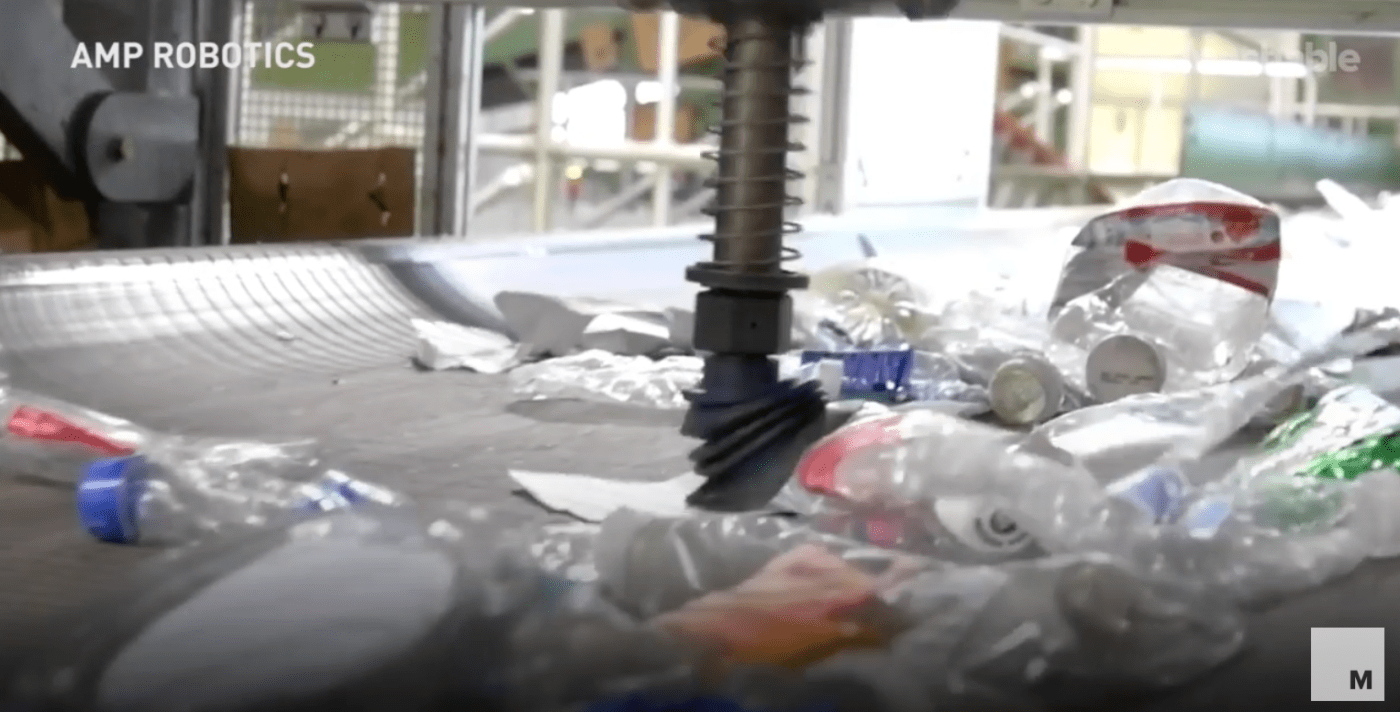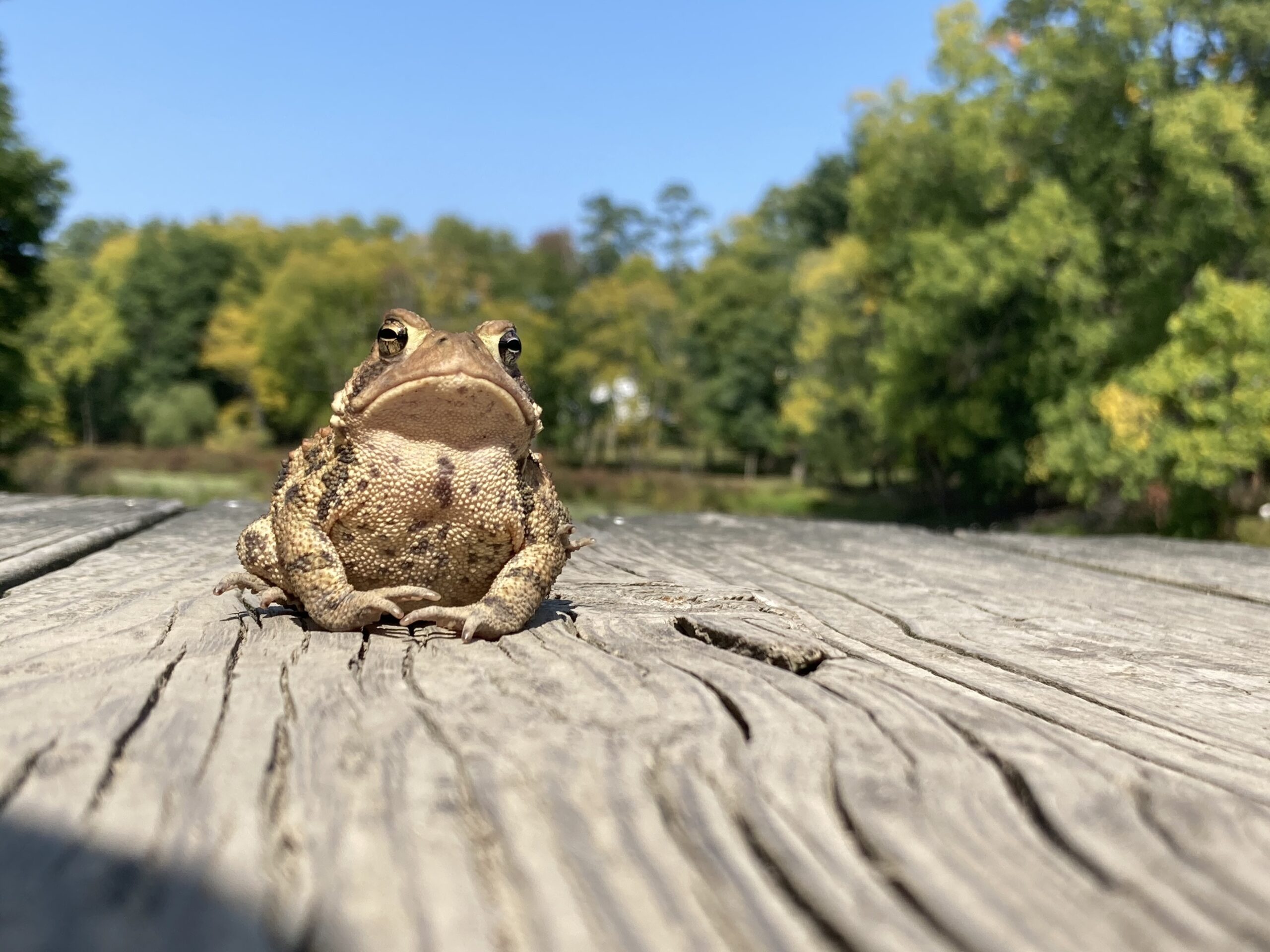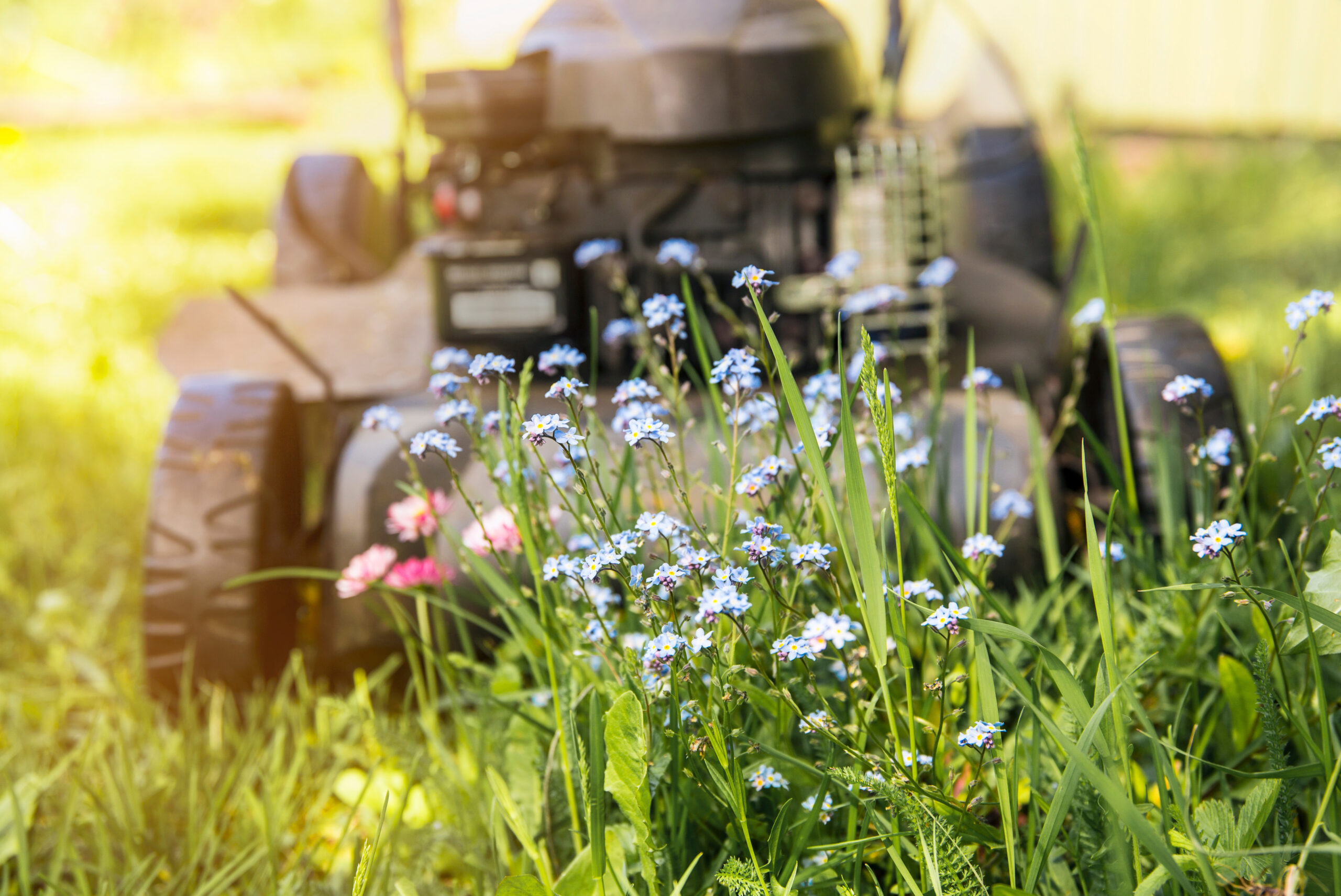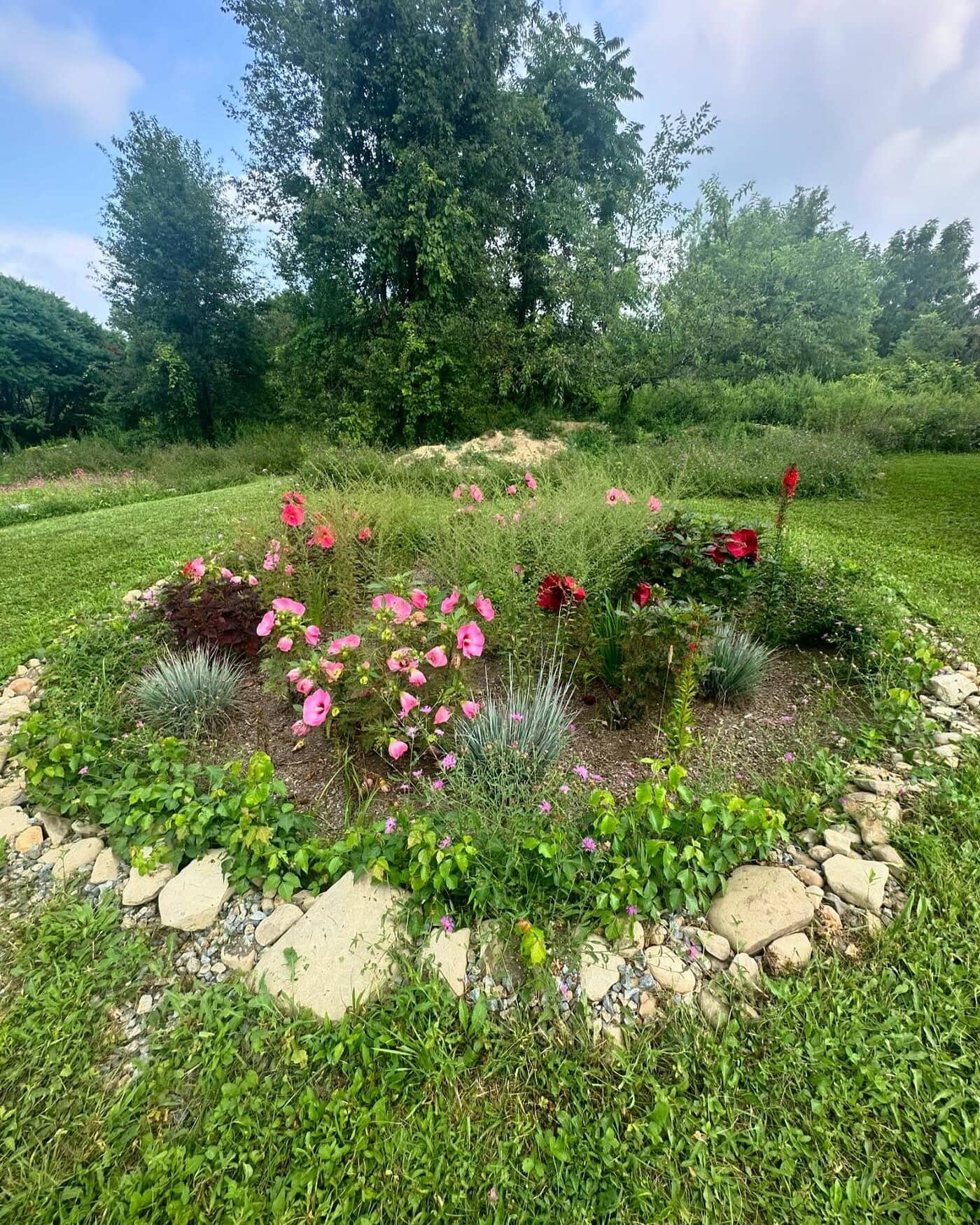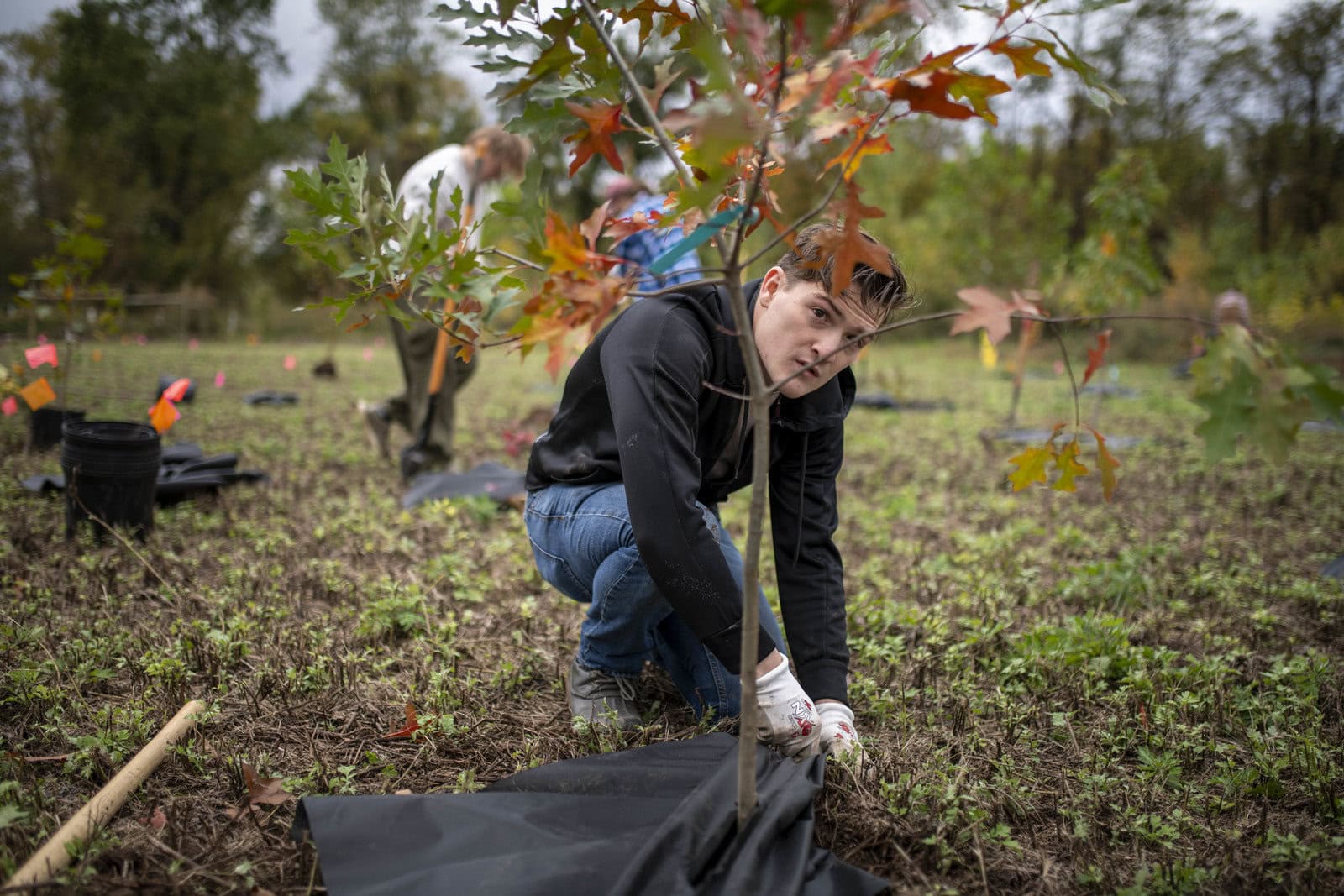To understand the challenges at the root of municipal recycling programs, check out a video clip from the TV satire “Portlandia.”
In a segment called “Which bin does it go in?” a character played by Fred Armesin says, “Now there is a bin for everything!” The video shows bins for sorting cardboard and paper (blue); plastic, aluminum and glass (black); then descends into the absurd. Orange bins for coffee cup sleeves. Brown bins for stir straws. Periwinkle bins for the cups. Fuchsia bins for coffee cup lids, unless they have lipstick on them. Those, of course, go into the rose-colored bins. Et cetera, et cetera. (And you’ve gotta crack up at what comes out!)
The video gets some laughs out the confusion people face when sorting recyclables, but it also highlights a big problem: Without effective sorting, the commodities that are generated by municipal programs have less — and sometimes little to no — market value due to cross-contamination.
While optical sorting machinery has long been in use to separate materials, it is far from perfect. Much of the sorting is often done by workers who stand along a conveyor belt and pick out undesirable items like plastic bags. The work is dirty, dangerous, and even more challenging due to the coronavirus pandemic. Even in the best of times, the jobs can be hard to fill.
The challenges are reflected in recycling rates. In Dutchess County, 44.1 percent of the 381,500 tons of municipal solid waste generated in 2019 was recycled, according to the county’s annual report. That’s well below the goal of 54.6 percent Dutchess established when it crafted its solid waste management plan in 2013.
The Power of Artificial Intelligence
Now some recyclers are considering technologies more familiar to science fiction fans in order to improve the sorting process.
“Companies like AMP Robotics have introduced robots with artificial intelligence systems that enable the sorting and production of high-quality commodity bales of paper and plastics, while adding safeguards against contamination,” said Bridget Croke, a managing director at the investment firm Closed Loop Partners, during a recent Senate Committee on Environment and Public Works hearing on the challenges facing the recycling industry.
Based in Colorado, AMP combines optical sorting, robotics, and machine learning to create systems that can identify and then sort items mechanically at high speed and with higher accuracy than traditional machinery.
The company says the system’s digital brain uses computer vision to identify not just material types such as plastics or metal, but also colors, textures, shapes, sizes, patterns, and even the features of brand labels. The decisions made by one AMP system can be transmitted to the cloud, where they can be compared with those of other AMP systems in order to improve sorting efficiency. In this way, the system is constantly training itself.
“[Artificial Intelligence] is very much a tool that elevates optical sorters and provides a way to sort more specifically. A.I. complements traditional optical sorters in that it allows it to select materials in a more refined way,” Mark Baybutt, AMP’s vice president of product, told Recycling Today.
The company says its systems can be installed within existing machinery at municipal and private materials recovery facilities.
Earlier this year, AMP announced its systems had sorted 1 billion individual recyclable items from billions of other materials in a 12-month period ending March 31. The company has received financial backing from brand-name investors, such as Sequoia Capital and Google’s parent company, Alphabet.
“A.I. complements traditional optical sorters in that it allows it to select materials in a more refined way.”
Mark Baybutt, AMP’s vice president of product
The potential for increased efficiency is considerable. For instance, as much as 85 percent of Dutchess County’s single-stream recyclable material — plastics, metals, cardboard, and paper — is sorted at one privately-owned materials recovery facility in Beacon, according to the county’s resource recovery agency.
AMP spokeswoman Carling Spelhaug confirmed to Viewfinder that the company “does have a presence in New York State.” However, it is unable to disclose which facilities have installed the systems due to nondisclosure agreements that protect commercially sensitive pricing and application details.
AMP vice present Chris Wirth told TIME that inquiries from potential customers increased at least fivefold from March to June of 2020 and that 35 facilities used the company’s technologies in 2019.


